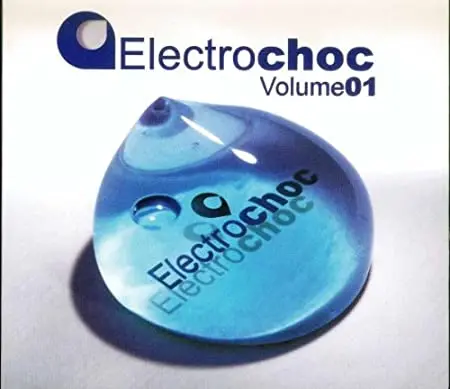Contents
Electrochoc
Fortunately, ECT treatments have changed a lot since their first use in the late 30s. Far from having disappeared from the therapeutic arsenal, they are still used to treat severe depression or certain cases of schizophrenia in particular.
What is electroconvulsive therapy?
Electroconvulsive therapy or seismotherapy, more often called electroconvulsive therapy (ECT) today, consists of sending an electric current to the brain to create a convulsive seizure (epilepsy). The interest is based on this physiological phenomenon: by defense and survival reflex, during a convulsive crisis the brain will secrete various neurotransmitters and neurohormones (dopamine, norepinephrine, serotonin) involved in mood disorders. These substances will stimulate neurons and promote the creation of new neural connections.
How does the electroshock treatment work?
Electroconvulsive therapy (ECT) can be performed during hospitalization or on an outpatient basis. The patient’s consent is mandatory, as with any medical act.
Unlike the beginnings of seismotherapy, the patient is now placed under short general anesthesia (5 to 10 minutes) and curarization: he is injected with curare, a substance causing paralysis of the muscles, in order to prevent muscle convulsions and prevent ‘he doesn’t hurt himself.
The psychiatrist will then place different electrodes on the patient’s head, in order to be able to monitor brain activity throughout the procedure. Then repeated electrical stimulation of very short duration (less than 8 seconds) of a current of very low intensity (0,8 amperes) are delivered to the skull in order to cause a convulsive seizure of about thirty seconds. The weakness of this electric current makes it possible to avoid the serious side effects previously observed after electroshock:
The sessions can be repeated 2 or 3 times a week, for cures ranging from a few sessions to about twenty, depending on the evolution of the patient’s state of health.
When to use electroshock?
According to health recommendations, ECT can be used as first-line when there is a life-threatening risk (risk of suicide, serious deterioration in general condition) or when a patient’s state of health is incompatible with the use of ” another form of effective therapy, or as a second-line treatment after the failure of a standard pharmacological treatment, in these different pathologies:
- major depression;
- bipolarity in acute manic attacks;
- certain forms of schizophrenia (schizoaffective disorders, acute paranoid syndromes).
However, not all establishments practice ECT, and there is a strong disparity in the territory for this therapeutic offer.
After the electroshock
After the session
It is common to observe headaches, nausea, short-term memory loss.
The results
The short-term curative efficacy of ECT on major depression has been demonstrated in 85 to 90%, ie an efficacy comparable to antidepressants. Consolidation treatment is required following treatment with ECT, due to the high rate (35 and 80% according to the literature) of depressive relapses in the following year. It can be drug treatment or consolidation ECT sessions.
Regarding bipolarity, studies show that ECT is as effective as lithium on the acute manic attack in patients receiving neuroleptics, and allows to obtain a rapid action on agitation and elation.
The risks
ECT does not cause brain connections, but some risks persist. The risk of mortality associated with general anesthesia is estimated at 2 per 100 ECT sessions, and the morbidity rate at 000 accident per 1 to 1 sessions.










